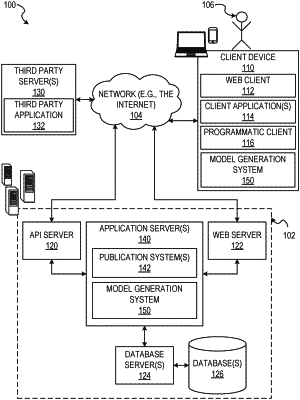| CPC G06T 17/20 (2013.01) [G06T 7/55 (2017.01); G06V 20/64 (2022.01); G06V 40/167 (2022.01); G06V 40/67 (2022.01); G06T 2200/08 (2013.01); G06T 2200/24 (2013.01); G06T 2207/30201 (2013.01)] | 20 Claims |

|
1. A method, comprising:
detecting, by one or more processors coupled to a display device, an object within a field of view of an image capture device;
generating for display a position indicator in a graphical user interface together with an image of the object that is within the field of view of the image capture device, the position indicator comprising a first circular element and a second circular element that is encompassed by the first circular element, an outer edge of the first circular element being stationary and representing an ending position for the second circular element;
changing a size of the second circular element from a center of the first circular element relative to the outer edge of the first circular element along a radius of the first circular element based on movement of the image capture device or the object;
detecting continued movement of the image capture device or the object until the size of the second circular element reaches the outer edge of the first circular element that is stationary to completely fill a region encompassed by the first circular element;
determining whether the image capture device comprises a first type of image capture device or a second type of image capture device;
selecting a type of shape for a framing element from a plurality of shapes based on whether the image capture device comprises the first type of image capture device or the second type of image capture device; and
presenting the framing element having the selected type of shape on the image of the object.
|